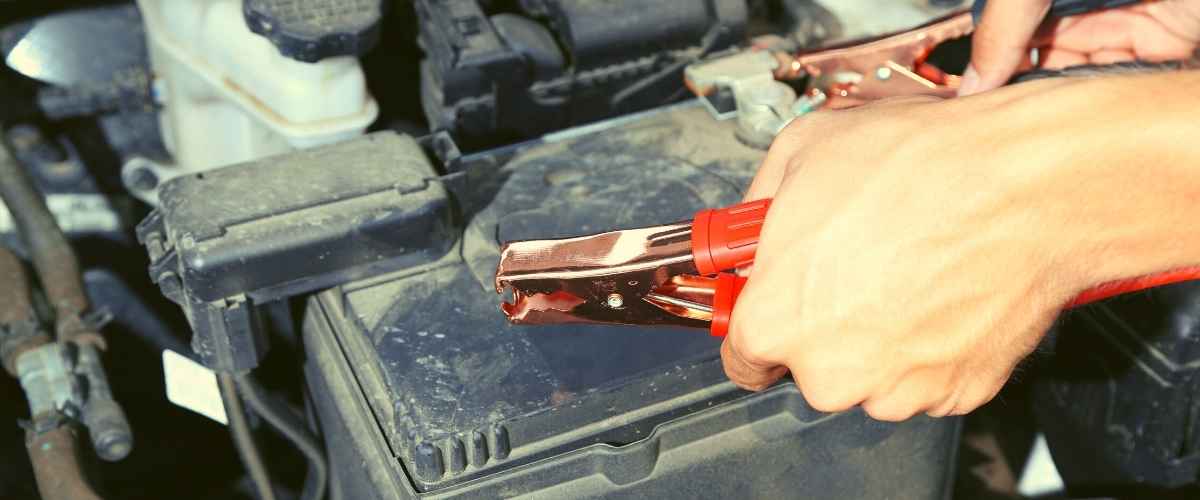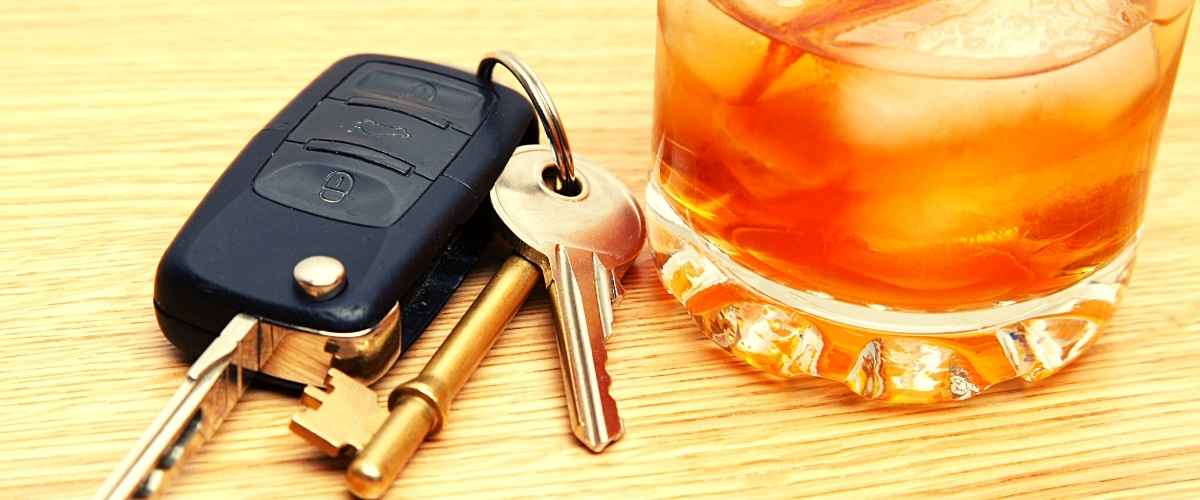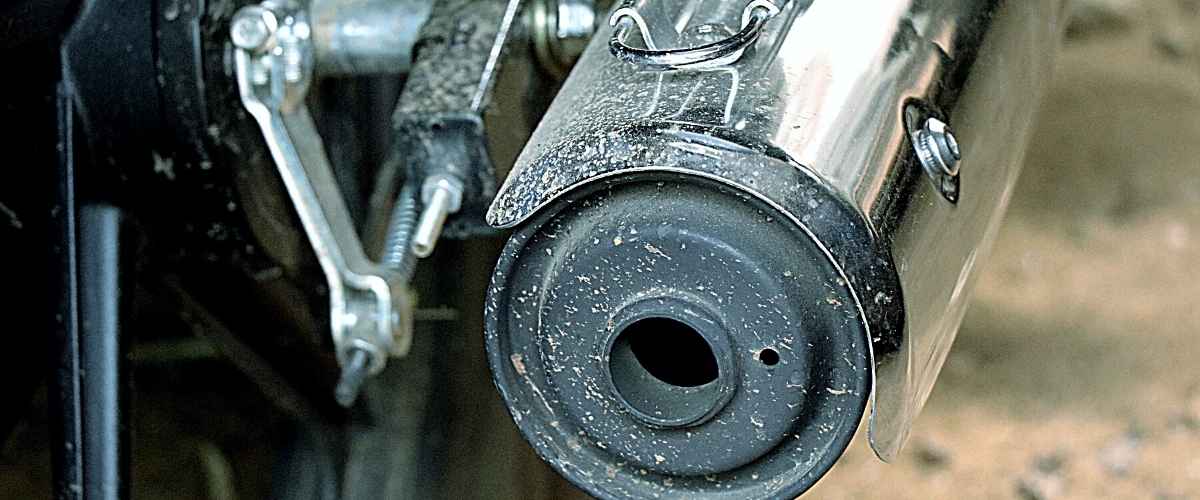An Overview of What Causes an ATV Battery to Die
It is essential to have a battery that is in good condition, and the best way to do this is by maintaining it.
The most common cause of a dead ATV battery is lack of maintenance. It can happen when you forget to charge the ATV battery or don’t take care of it by cleaning, checking fluid levels, and replacing worn-out parts.
The second most common cause of a dead ATV battery is simply because the battery itself has reached its end of life.
Some Reasons Why Your ATV Battery Keeps Dying(Battery Symptoms and Solutions)
Too Long Has Passed Since It Was Last Active.
It hasn’t been charged for a while – if you let your battery go too long without being used, it will lose its battery charge and won’t be able to provide power when you need it. Lead-acid batteries commonly used in ATVs are very prone to this.
The best solution to keep your battery charged when not in use is via a battery tender to trickle charge your ATV battery.
Damaged Or Loose Ground Cable
The terminals are dirty – sometimes dirt and corrosion can build up on the terminals of your battery, which can prevent them from making a connection with the charger.
The terminal connectors are loose or corroded – if these connections are not tight enough or they have corrosion, the charger may not be able to provide enough power to charge completely.
Colder Climates Exposure
Cold weather can impact your ATVs battery’s performance, lifespan, and safety.
In cold weather conditions, acid-lead batteries will lose their ability to maintain a charge if it is not maintained correctly. The harder it gets, the battery will lose its control.
There are some solutions to mitigate this deterioration, keep your four-wheeler plugged in when parked outside during cold weather.
When possible, park your ATV in a garage or undercover where it can be shielded from wind and precipitation. Try not to let your engine idle for long periods at a time; this helps reduce the wear on the starter motor.
The Battery Is Low On Fluid.
keywords: lead-acid batteries, electrolyte levels are too low; Gel batteries do not have this issue
AGM absorbent glass mat batteries are the most common type of ATVs today. They are Lead-acid batteries,
Lead-acid batteries use electrolytes to produce electricity. When the electrolyte level drops below a certain point, the battery will stop working. This is because lead-acid batteries cannot function without an adequate amount of electrolyte present.
Defective Batteries
The problem with defective batteries is that they can be very dangerous. A storm has the potential to overheat and cause a fire. This is why it is essential to only buy from reputable dealers who test their products for safety before selling them in the market.
One key factor in determining the quality of a battery is its amp-hour rating. This rating shows how many amps can be delivered over an hour and is usually printed on the battery.
The cold-cranking amps, or CCA, also show how much power a battery can produce at 0 degrees Fahrenheit for 30 seconds with no external load. This number should always be higher than the amp-hour rating because it will determine how quickly your quad starts up in cold weather.
Sulfate Is Present In The Battery.
Sulfate is a common problem in batteries and can cause premature battery failure if it builds up too much. The charger might even think it has a fully charged battery when it is not if excessive sulfation occurs; sulfate is a substance that forms when battery acid interacts with lead plates.
There are several ways to prevent sulfate from accumulating in your ATVS lead-acid battery,
- Use a higher quality, well-maintained charger.
- Add distilled water periodically throughout the life of the battery.
An Improper Charging Process
If you are using an off-brand charger, it could malfunction and provide incorrect voltage to your ATV battery. This will cause the battery to lose its charge more quickly than usual and eventually die altogether.
The Battery Is Being Drained Overnight By Something Drawing A Current
This is a common issue with ATV batteries. The battery is being drained overnight by something drawing a present while idle.
This issue can be caused by a faulty battery, incorrect charging voltage, or bad connections in the wiring harness.
A battery’s life is determined by the number of discharge-charge cycles it can endure.
The first step to solving this problem is to test the battery and charger for proper operation. If the battery checks out, then troubleshoot the wiring harness and connections.
Suppose you can’t find any problems with your charging system and wiring harness. In that case, it may be that other factors are causing this problem, such as faulty switches or an electrical short in your vehicle’s electrical system.
A Faulty Stator Or Voltage Regulator May Cause The Charging System Not To Work Correctly.
The Stator is one of the essential parts of an ATV. It converts the mechanical energy in the engine into electrical energy that is then used to charge the battery.
If a stator or voltage regulator malfunctions, it may reduce your battery life, causing your charging system not to work correctly and lead to a dead battery.
How Do I Know If My Atv Needs A New Battery Or Not?
There are three easy ways to test if you need a new battery:
- Check the voltage. This should be at least 12.2 volts for a fully charged battery. If it is lower than this, you may need a new one soon.
- Check the terminals and cables – they should be free of corrosion or dirt and tight-fitting to ensure good contact with the posts on your vehicle.
- Check the cables going into the Stator.
Why Is My Battery Dying Overnight?
One or several things can cause your ATV battery to discharge quickly after turning off the engine:
- A battery’s life expectancy (often 4 to 5 years) may have ended.
- The issue is related to one of the electrical systems.
An inexpensive meter, available at most auto parts stores, can diagnose many battery problems from home using a visual inspection, a digital multimeter, or a voltmeter.
What Are The Best And Worst Practices For Charging An ATV’s Battery?
The best practice is to charge an ATV’s battery with a trickle charger. A trickle charger is a battery charger that slowly charges a battery by applying a small amount of power over an extended period. It is designed to maintain the optimum charge level in batteries in storage for long periods; there are many different types of battery tender on the market.
The worst practice is to charge the battery by running the ATV until it dies and then recharging it. This will reduce the battery life a great deal.
One of the essential things when charging an ATV’s battery is not overcharging it. This can be done by using a battery tender or not running the ATV until it dies and recharging it.




